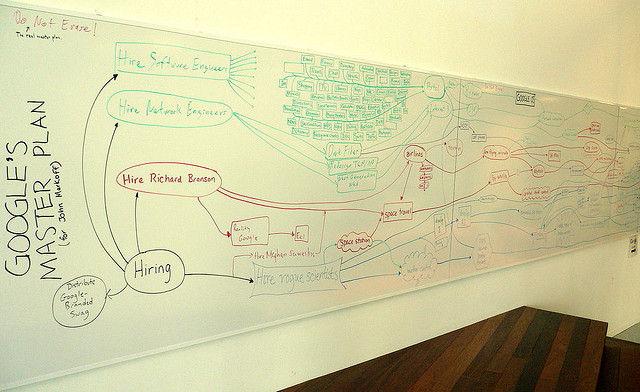A Simple Primer for Understanding China's Downturn
by Tyler Cowen, Marginal Revolution
I’ve covered these ideas before a number of times, but now the Chinese slowdown is common knowledge, so let’s put them in one place:
1. You can’t invest 45-50 percent of your gdp very well forever. It’s amazing how long China’s run has been, but it is over. The quality of their marginal investments is now low and that means their growth rate will be much lower too. The low hanging fruit is gone, at least for the time being. They might later on resurrect some new low-hanging fruit through institutional reform, we’ll see if they end up stuck in the middle income trap but right now they are at a sharp discontinuity.
2. There is no simple way to switch to a “consumption-driven” economy without the growth rate both falling and staying permanently lower. Structural reforms are absolutely called for, but in this context they represent a surrender to a lower rate of growth and thus they are especially difficult to pull off in a politically sustainable manner.
3. The Chinese have been growing at ten percent or nearly ten percent for about thirty-five years. More than a generation of Chinese is used to treating the risk premium as if they don’t have to worry about it. I shudder to think what economic and also political decisions have been made on that basis.
4. The Chinese economic response to the dwindling of their low-hanging fruit is sharp rather than smooth because there is a sudden revision of expectations, as people realize the risk premium isn’t zero after all. And seeing the others see that causes the new set of beliefs to spread pretty quickly. That is a very painful process for a macroeconomy, and it is not well captured by simple AD-AS analysis, although of course it has implications for both AD and AS.
5. I would not so quickly infer that the Chinese government is stupid when it comes to economics. It is true their actions do not correspond to what professional economists would recommend. But they are painted into a very unpleasant corner and have lots of interest groups to feed. Their observed response is possibly explained by some kind of public choice-constrained, nested game, internal conflict-driven seventh-best response. They were smart a few years ago, and they are still smart now. That doesn’t mean they will end up doing a good job.
6. Avoid mood affiliation! You can be a pessimist about the Chinese recession now without being a) a pessimist about China in the longer run, or b) a pessimist about Chinese political stability. Those are separate albeit related questions, and you are not forced to have the same mood response to all of them.
Keep this primer on hand at all times. It is more useful than trying to twist the C + I + G tautology into a series of causal statements about China.















